2023 is just around the corner, and that means it’s time to start thinking about which web development frameworks will be the best to use over the next year. In this article, I will discuss the frameworks that I believe will be the most popular in the coming year. While there are many great frameworks out there, I have chosen these based on their popularity, ease of use, and overall versatility.
What are Web Development Frameworks?
A web development framework is a collection of tools and libraries that help developers create websites and applications. Frameworks provide a structure for application development, making it easier to write code that is maintainable and scalable. Many professional web development services use frameworks to streamline the development process. Frameworks have become an essential part of web development, and there are many to choose from.
Types of Web Development Frameworks
There are two main types of web development frameworks: front-end and back-end. Front-end frameworks are used to create the user interface and interactivity for websites and applications. Back-end frameworks are used to power the server side of an application.
Top Frameworks for Web Development
With today’s technology, there are many different frameworks available for web development. Here are seven of the most popular frameworks that you should be using in 2023:
1. React
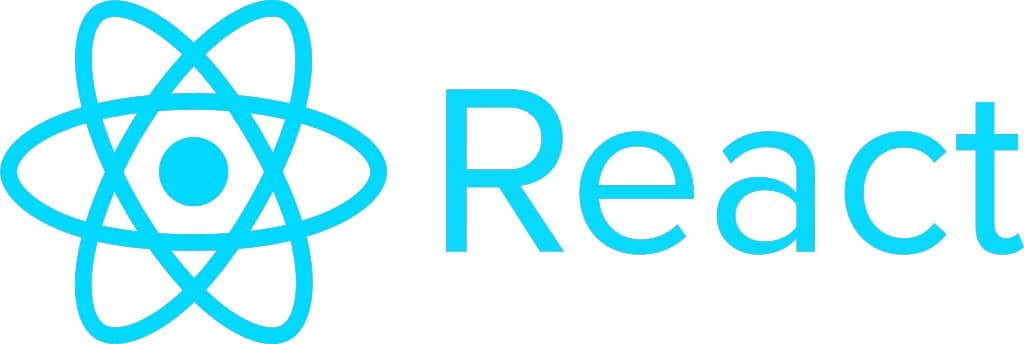
React is a JavaScript library for building user interfaces. It is one of the most popular front-end frameworks and is used by many professional web development services. React is declarative, meaning that it makes code more readable and easy to understand. It is also component-based, which means that developers can reuse code components in different parts of the application.
React is a great choice for developers who are looking for a framework that is easy to use and provides good performance. It is also well-suited for large-scale applications.
2. Angular
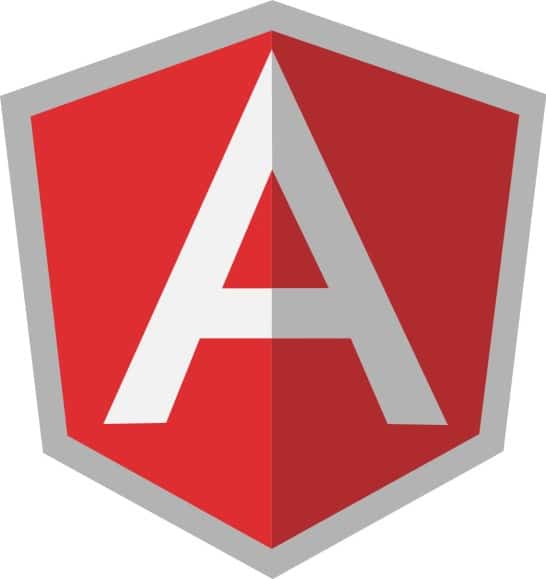
Angular is a TypeScript-based open-source web application framework. It is used for building single-page applications and Progressive Web Apps. Angular is a popular choice for developers who are looking for a framework that is easy to learn and use.
One of the benefits of using Angular is that it automates many of the tedious tasks that are associated with web development. This can help to save time and improve efficiency.
Another benefit of Angular is that it is constantly being updated by the team at Google. This ensures that developers have access to the latest features and bug fixes.
Angular is a great choice for developers who are looking for a framework that is well-supported and easy to use.
In 2010, Google introduced AngularJS, a JavaScript-based open-source front-end web application framework. AngularJS was designed to make web development easier and more efficient.
3. Vue JS

Vue is a JavaScript framework for building user interfaces. It is similar to React in that it is declarative and component-based. However, Vue is much simpler to use than React.
Vue is a great choice for developers who are looking for a lightweight framework that is easy to learn and use. It is also well-suited for smaller projects.
In addition, Vue is constantly being updated with new features and bug fixes. This ensures that developers have access to the latest tools and technologies.
Vue JS was Created by Google in 2014 to help developers build user interfaces more efficiently.
Vue JS virtual DOM improves the performance of web applications by updating only the changed parts of the DOM.
4. Django
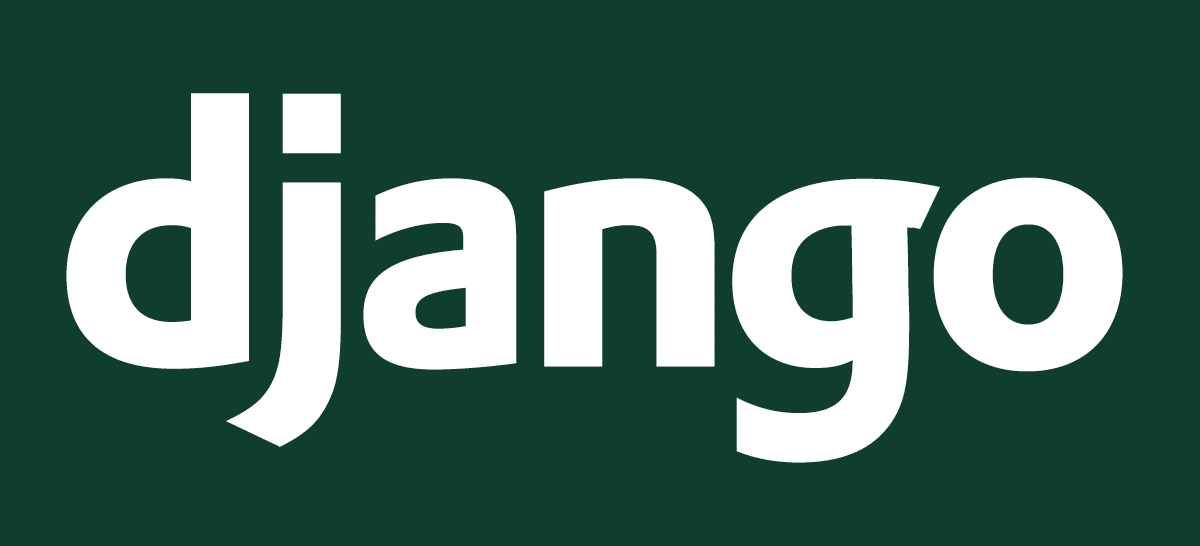
Django is a Python-based web application framework. It is used for building complex and scalable websites. Django is a Model-View-Template framework. This means that it uses a model to represent data, a view to display the data, and a template to define the structure of the view.
Django is a framework that makes it easier for developers to build better web apps more quickly and with less code.
Django has been built from the ground up to help you avoid many security mistakes that can cost your site visitors time and money.
5. JQuery

JQuery is a JavaScript library that makes it easy to manipulate the DOM. It is one of the most popular front-end frameworks and is used by many professional web development services.
jQuery was launched in 2006. It is one of the most popular front-end frameworks and is used by many professional web development services. It’s a small, fast, and feature-rich library.
jQuery makes it easy to add dynamic behavior to your web pages. It is also easy to learn and use.
One of the benefits of using jQuery is that it simplifies many common tasks that are associated with JavaScript development. This can help to save time and improve efficiency. Some well-known applications that utilize this framework include WordPress, GeeksforGeeks, and Bitbucket among many others!
6. Ruby on Rails
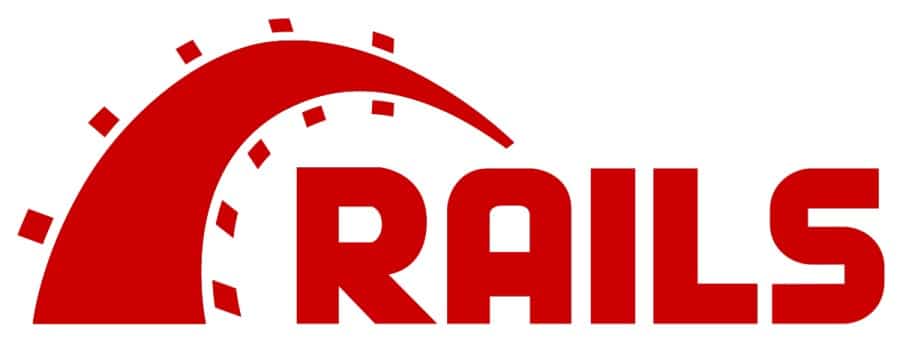
Ruby on Rails or Rails is a web application framework written in Ruby. It is the most popular open-source backend web development framework.
Rails is an MVC or Model-View-Controller framework. This means that it uses a model to represent data, a view to display the data, and a controller to define the logic of the application.
Rails was created in 2003 by David Heinemeier Hansson.
The framework facilitates the effective use of web standards such as JSON or XML for data transfer and HTML, CSS & JavaScript that allow users to interact with each other more easily on your website.
7. Laravel
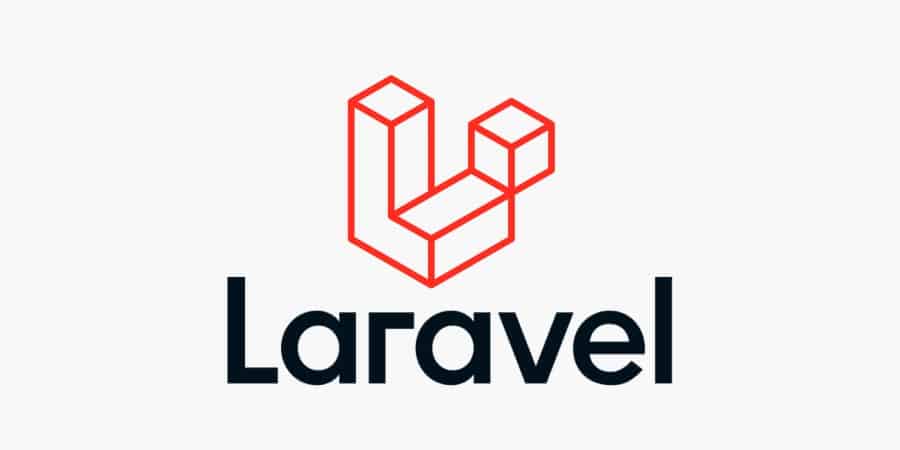
Laravel is a free, open-source PHP web development framework. It was created by Taylor Otwell in 2011. It is the most popular open-source PHP framework used for back-end development.
Laravel has built-in API support which helps in the development of web services.
It also has an object-relational mapper (ORM) which is used for database abstraction.
Laravel also has a Blade templating engine that enables the developer to produce HTML-based designs and themes.
The primary purpose of Laravel is to make the development process fun and simple.
Conclusion
Frameworks have become an essential part of web development. Each framework has its own unique benefits and features. Choose the one that best suits your needs and start building amazing websites today! The number of Web Frameworks has grown exponentially in recent years. It can be overwhelming for a developer to choose the right one.
I hope this article has helped you narrow down your choices and find the perfect framework for your next project!



